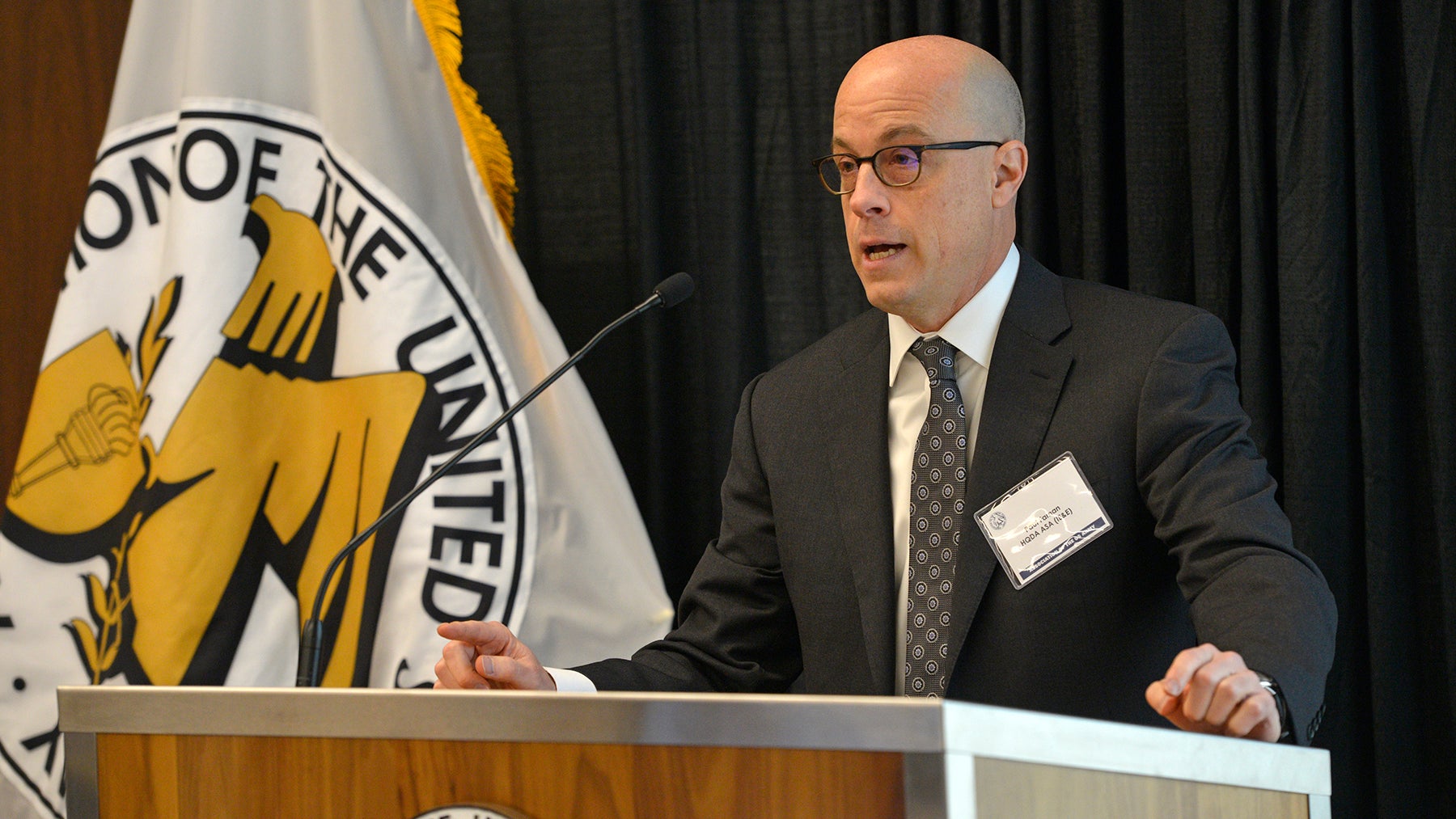Farnan: Installations are ‘Where the Fight Starts’
Farnan: Installations are ‘Where the Fight Starts’

The modernization challenges the Army faces today underscore the need for installations built for the 21st century, said Paul Farnan, principal deputy assistant Army secretary for installations, energy and environment.
Speaking April 13 at an Association of the U.S. Army Hot Topic on installation management, Farnan identified installations as a linchpin to force modernization.
“You can’t have a modern force without modern installations,” he said. “As technology has evolved, so has our Army and so must our installations. … In today’s world, our installations are not just where we live, work and train. It’s where the fight starts.”
The 20th century saw the development of a mechanized Army, one that was faster and more complex than its predecessor, Farnan said. “For that new Army to be effective, we had to transition our bases,” he said. “The same is true for today’s technologically advanced war.”
The Army has prioritized installation modernization, including in its climate strategy, released in February, and in the installations strategy published in December 2020.
“There are over 130 Army installations around the world that protect, support and enable the force. They are the points where modernization and readiness efforts converge to create the trained and capable forces needed during crisis and conflict,” the climate strategy says.
Installation modernization and readiness are essential to the Army’s continued power projection and maintaining soldiers’ quality of life, said Daniel Klippstein, assistant deputy Army chief of staff for installations, who spoke before Farnan’s keynote.
“By enabling our forces to live, work and train while benefiting from the highest quality of life and leveraging the resources that are available … our installations can maximize our Army’s ability to mobilize, project power [and] provide a quality of life for all of our soldiers, whether it’s in times of competition, crisis or conflict,” Klippstein said.
Farnan identified the Army’s climate strategy as a game changer.
“The Army Climate Strategy will make us a more effective force,” he said. “Every step and objective laid out in the strategy will increase the capabilities of the fighting force and will increase the resiliency of our installations. It will also enable the Army to effectively operate in a world altered by climate change and reduce our own greenhouse gases to do our part to address the climate crisis.”
Installation modernization means preparing Army posts for future battles, Farnan said.
“We're building for the next war, not the last war,” he said. “We're building out for 2030 and beyond, but we're still living in 2022. We still have to operate today.”
To prepare for a future fight at home, the Army will need to close the divide between operational and installation efforts.
“We’ve never had a fight from a contested homeland before, but we will never again fight a war without a contested homeland,” Farnan said. “Throughout my career, there seemed to always be a divide between the installation side and the operations side. … We need to change that mindset. In a contested homeland, there is no separation between the operations side and the installation side.”
In the face of unprecedented challenges, the Army must continue to protect its installations, Farnan said.
“The war starts here,” he said. “Be it an actual physical attack, a direct cyberattack on our operations, or a cyberattack on a supporting entity, we will face unprecedented challenges requiring our forces. The first critical step we take to defend against this is to modernize our installations through resiliency.”

